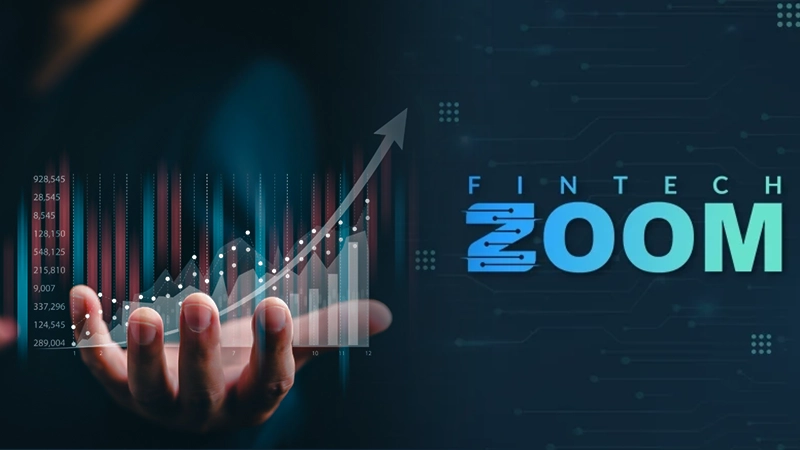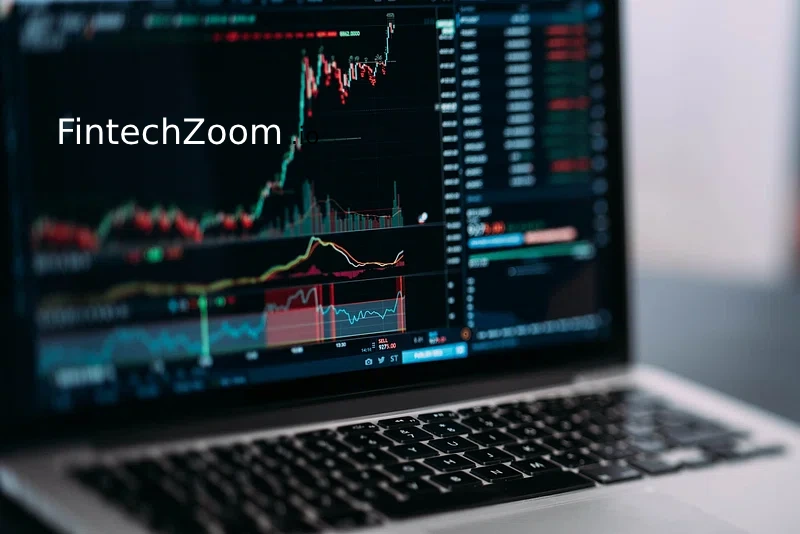Fintech has rapidly transformed the way businesses and individuals manage money, invest, and access financial services. In today’s competitive landscape, leveraging advanced tools is essential for staying ahead. Fintechzoom .Io emerges as a game-changer in this context, offering a robust suite of features designed to streamline financial analysis, reporting, and decision-making. This article delves into the core aspects of this innovative platform, exploring its functionalities, benefits, real-world applications, and future potential. Whether you’re a startup founder, corporate finance executive, or an individual investor, you’ll discover how the right digital solution can unlock new opportunities and drive sustainable growth.

At its core, Fintechzoom .Io is a cloud-based financial analytics and reporting platform tailored for diverse users—from small businesses to large enterprises. By consolidating data from multiple sources, Fintechzoom .Io provides a unified dashboard where key performance indicators (KPIs), market trends, and risk assessments are readily accessible. Designed with scalability in mind, the system adapts to organizations as they grow, ensuring that evolving data needs are met without hefty infrastructure investments. Users benefit from real-time insights, customizable visualizations, and automated alerts, which foster proactive decision-making. As regulatory requirements tighten globally, compliance modules within the platform also help maintain transparency and accuracy in financial disclosures.
The strength of the service lies in its comprehensive feature set:
Data Integration: Connects seamlessly with ERPs, CRMs, and banking systems to aggregate transactional and operational data.
Custom Dashboards: Drag-and-drop widgets allow users to build tailored views, combining charts, tables, and narrative summaries.
Predictive Analytics: Machine learning algorithms forecast revenue, cash flow, and market movements based on historical trends.
Automated Reporting: Schedule and distribute financial reports in PDF, Excel, or web format, reducing manual workload.
Collaboration Tools: Role-based access ensures teams—and external auditors—see only the information relevant to them.
By leveraging the power of Fintechzoom .Io, companies can shorten reporting cycles, enhance data accuracy, and free up finance teams to focus on strategic tasks rather than repetitive processes.

Traditional financial workflows often suffer from siloed data, delayed reporting, and human errors. Fintechzoom .Io addresses these pain points by automating data collection and validation, which leads to more reliable insights delivered on demand. For instance, treasury teams gain instant visibility into cash positions across multiple bank accounts, enabling them to optimize liquidity. Meanwhile, FP&A professionals use scenario modeling to evaluate the impact of strategic decisions—such as mergers, capital raises, or pricing adjustments—before they’re implemented. The platform’s mobile app further extends this capability, allowing executives to review dashboards and approve transactions from anywhere. As a result, organizations experience faster closing cycles, improved compliance, and greater agility in responding to market shifts.
Adopting modern financial technology yields both quantitative and qualitative gains. Key benefits include:
Cost Efficiency: Automating manual tasks reduces headcount requirements and minimizes error-related costs.
Enhanced Visibility: Centralized data repositories eliminate information gaps between departments.
Scalability: The platform grows with your business, offering flexible pricing tiers and modular add-ons.
Security: Enterprise-grade encryption and multi-factor authentication keep sensitive financial data protected.
Competitive Edge: Access to deeper insights means quicker pivots in strategy, unlocking new revenue streams.
Organizations across industries—manufacturing, retail, fintech startups, and professional services—report significant improvements in cash management, forecasting accuracy, and audit readiness after integrating this solution into their financial ecosystems.

Several forward-thinking companies have shared how they achieved remarkable outcomes:
Global Retail Chain: Reduced monthly close time by 40% through automated consolidation of regional financials.
SaaS Provider: Improved customer profitability analysis by integrating subscription data with usage metrics.
Family-Owned Manufacturer: Enhanced working capital management, freeing up $1.5M in cash reserves for strategic investments.
Nonprofit Organization: Streamlined grant reporting processes, ensuring timely compliance with donor regulations.
These examples illustrate not only efficiency gains but also the strategic insights unlocked when organizations can trust their data and focus on forward-looking initiatives.
As artificial intelligence and blockchain mature, platforms like this are poised to integrate even more sophisticated capabilities—such as smart contract execution for automated payments and deeper anomaly detection for fraud prevention. We can also expect expanded API ecosystems, allowing fintech startups to embed advanced analytics directly into consumer apps and e-commerce platforms. By staying at the forefront of these trends, the service will continue empowering users to navigate the complexities of modern finance with confidence and precision.
In summary, the right technology partner can transform financial operations from a back-office burden into a strategic asset. With its blend of automation, analytics, and security, this solution exemplifies how digital tools reshape the finance function—fueling growth and innovation in an ever-changing market.

